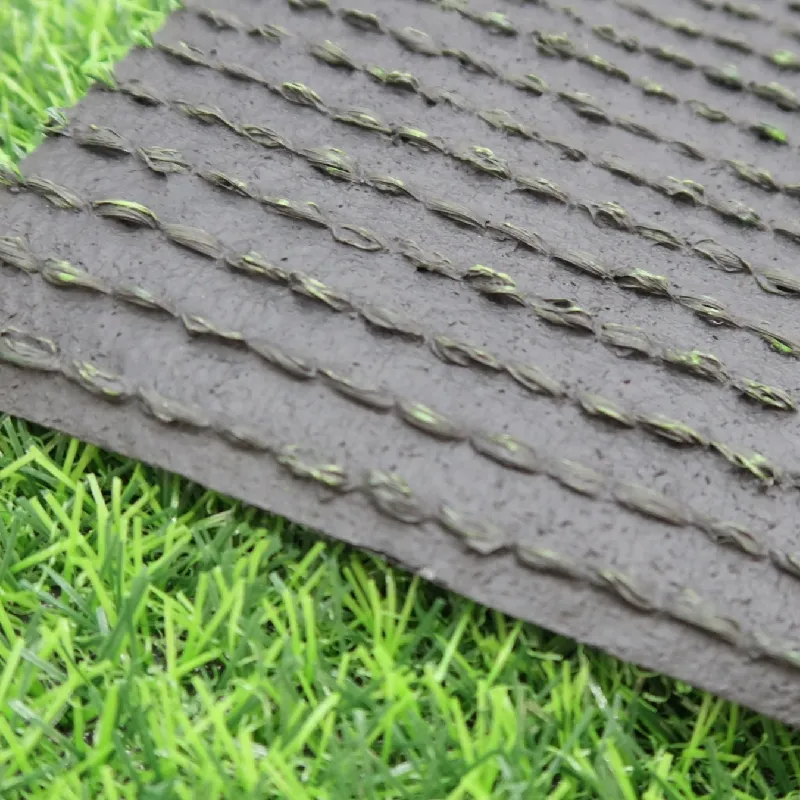
- Afrikaans
- Arabic
- Belarusian
- Bengali
- Czech
- Danish
- Dutch
- English
- Esperanto
- Estonian
- Finnish
- French
- German
- Greek
- Hindi
- Hungarian
- Icelandic
- Indonesian
- irish
- Italian
- Japanese
- kazakh
- Rwandese
- Korean
- Kyrgyz
- Lao
- Latin
- Latvian
- Malay
- Mongolian
- Myanmar
- Norwegian
- Persian
- Polish
- Portuguese
- Romanian
- Russian
- Serbian
- Spanish
- Swedish
- Tagalog
- Tajik
- Thai
- Turkish
- Turkmen
- Ukrainian
- Urdu
- Uighur
- Uzbek
- Vietnamese
Cost Analysis of Grass Football Fields for Budget Planning and Implementation
Dec . 26, 2024 10:39 Back to list
The Cost of Grass Football Fields An In-Depth Analysis
Grass football fields are a staple for schools, recreational centers, and professional clubs around the world. While the excitement of a game can draw fans and athletes alike, the cost involved in constructing and maintaining these fields is often a topic of concern. Understanding the expenses associated with grass football fields can help organizations make informed decisions about investments and budget allocations.
Initial Construction Costs
The initial cost of building a grass football field can vary significantly based on several factors, including the location, size, and quality of the grass. On average, the construction of a natural grass football field ranges from $500,000 to $1 million. This investment includes land preparation, soil testing, drainage systems, turf selection, and installation.
Choosing the right type of grass is crucial, as it must withstand environmental factors such as climate, foot traffic, and maintenance practices. Popular grass varieties for football fields include Bermuda grass, Kentucky bluegrass, and tall fescue, each with its unique maintenance requirements and resilience. The initial investment not only covers the grass itself but also the infrastructure necessary to ensure the field remains playable, such as irrigation systems and boundary markers.
Ongoing Maintenance Costs
Once a grass football field is established, ongoing maintenance becomes a significant factor in the overall cost. Annual maintenance costs can range from $20,000 to $60,000, depending on the size of the field and the level of use. Regular maintenance tasks include mowing, fertilization, pest control, aeration, and overseeding.
grass football field cost

Mowing is essential for keeping the grass at an appropriate height to promote healthy growth and enhance gameplay. Fertilization ensures that the grass receives the necessary nutrients, while aeration allows for better water absorption and root development. Pest control is critical to combat diseases and insects that can damage the grass, directly affecting its playability.
Additionally, fields that are heavily used or located in areas with extreme weather conditions may require more frequent maintenance and repair, further driving up costs. Organizations must also consider potential repair costs due to wear and tear, which can include reseeding specific areas, leveling uneven spots, and addressing drainage issues.
Environmental Considerations
The environmental impact of maintaining a grass football field is another important consideration that can affect costs. The use of water for irrigation, fertilizers, and pesticides not only impacts expenses but also raises questions about sustainability. In regions facing water scarcity, organizations may need to invest in more efficient irrigation systems or drought-resistant grass types, further increasing initial costs.
Sustainable practices, such as using organic fertilizers and rainwater harvesting systems, can mitigate environmental effects but might require higher initial investments. However, these practices can lead to long-term savings and improved public perception, particularly among environmentally conscious communities.
Conclusion
In summary, the cost of grass football fields encompasses a variety of factors, from initial construction expenses to ongoing maintenance and environmental considerations. While the financial outlay can be substantial, a well-maintained grass field provides significant benefits not only in terms of sports enjoyment but also in fostering community engagement and promoting physical health. Organizations must weigh these costs against the advantages of having a high-quality playing surface when making budgeting decisions. Ultimately, investing in a grass football field can be a rewarding endeavor, enriching the lives of athletes and community members for years to come.
-
The Benefits of Artificial Turf for Indoors
NewsJul.15,2025
-
How Artificial Grass Suppliers Ensure Quality Products
NewsJul.15,2025
-
Artificial Grass and Pets: A Space for Relaxation
NewsJul.08,2025
-
Balcony & Outdoor Decoration with Artificial Grass
NewsJul.08,2025
-
Best Indoor Artificial Grass for Home
NewsJul.07,2025
-
Best Pet Turf for Dogs: Safe & Durable Artificial Grass Options
NewsJul.07,2025
Products categories









